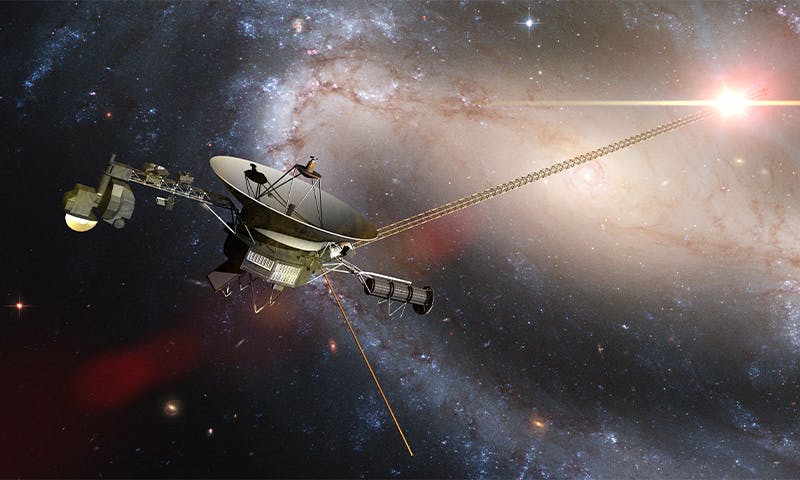
The One Percent Rule
Hugo Steinhaus was a man of his times, yet somehow always one step ahead, in just the right way. Born in Poland in 1887, then part of the Austro-Hungarian Empire, Steinhaus lived through two world wars, the second as a Jew in hiding, witnessed the transformation of science, and left an indelible mark on mathematics.
After the end of the second world war, when machines and calculations were becoming more prevalent, Steinhaus found himself at the intersection of mathematics, engineering, social sciences and philosophy, particularly in how the concept of cybernetics emerged. Was cybernetics a machine-driven art form or a vision of something much deeper, as John von Neumann posited ‘automata’ or ‘artificial systems’, something quintessentially human? These were the questions of the late 1940s, and throughout the 1950s, and Hugo Steinhaus embraced them.
His journey in mathematics and intellectual pursuits often circled back to the core idea, that mathematics is, in essence, the act of looking for patterns in an otherwise chaotic universe. Steinhaus wasn’t merely a mathematician but a philosopher of applied thought, and he found himself fascinated by the emerging field of cybernetics, a concept that tried to answer, in an organized and often mechanical manner, what it meant to control, communicate, and predict. Steinhaus's fascination with these new domains was not about their mechanisms but about the limits they tested. Where was the boundary between the organic and the artificial? What defined intelligence when control itself was outsourced to machines?





















